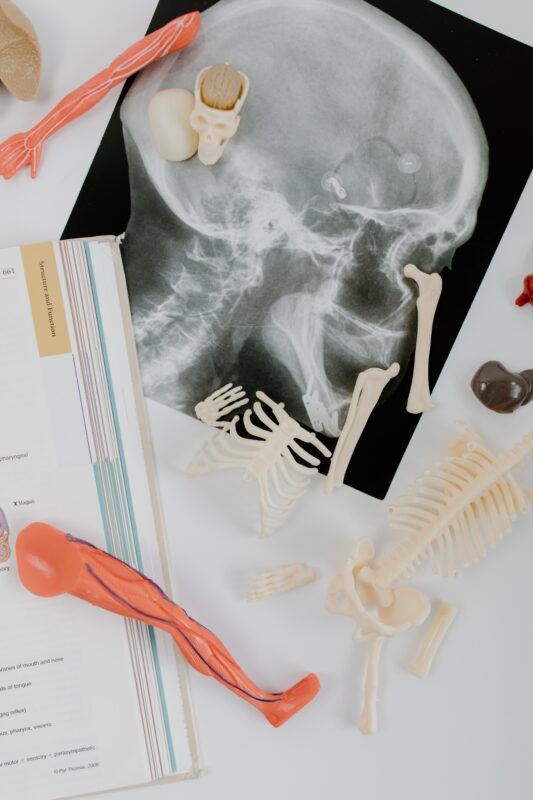Uncategorized
The role of exercise in maintaining bone health

Strong and healthy bones are crucial for overall well-being and quality of life. Bones provide structural support, protect vital organs, and enable mobility. As we age, however, our bones naturally lose density and become more prone to fractures and osteoporosis. Thankfully, engaging in regular exercise plays a vital role in maintaining and improving bone health throughout our lives. In this article, we will explore the importance of exercise for bone health and discuss various types of exercises that are beneficial.
Exercise stimulates bone growth and strengthens the skeletal system by subjecting the bones to mechanical stress. When we engage in weight-bearing activities such as walking, running, and dancing, our bones respond by becoming denser and stronger. Weight-bearing exercises are particularly effective in building bone density because they force the body to work against gravity, stimulating bone-forming cells known as osteoblasts.
Resistance training exercises, such as lifting weights or using resistance bands, also play a crucial role in maintaining bone health. These exercises create resistance against the muscles, which in turn applies stress to the bones, stimulating them to become stronger. Resistance training not only helps preserve bone density but also increases muscle strength and improves balance, reducing the risk of falls and fractures.
In addition to weight-bearing and resistance exercises, activities that involve impact and jumping can also contribute significantly to bone health. High-impact exercises like jumping jacks, skipping rope, and certain sports like basketball or tennis help improve bone density and strength. These activities generate forces that put stress on the bones, stimulating them to adapt and become more resistant to fractures.
Flexibility and balance exercises are also essential for maintaining bone health, especially in older adults. Exercises like yoga and tai chi improve flexibility, posture, and balance, reducing the risk of falls and fractures. While these exercises may not directly increase bone density, they play a crucial role in preventing injuries by enhancing stability and coordination.
It is important to note that the benefits of exercise on bone health are not limited to a specific age group. Engaging in regular physical activity from childhood through adulthood can help maximize peak bone mass and ensure optimal bone health later in life. However, it is never too late to start exercising. Even in older individuals, exercise can help slow down bone loss, improve bone density, and reduce the risk of fractures.
When considering an exercise routine for bone health, it is crucial to seek a balanced approach. Combining weight-bearing, resistance, impact, flexibility, and balance exercises can provide the most comprehensive benefits. It is also important to gradually increase the intensity and duration of exercise to avoid overexertion or injuries.
Before starting any exercise program, it is advisable to consult with a healthcare professional, especially for individuals with pre-existing conditions or concerns. They can provide guidance on the most appropriate exercises and help tailor a routine to suit individual needs.
In conclusion, exercise plays a vital role in maintaining bone health at every stage of life. Weight-bearing exercises, resistance training, impact activities, flexibility exercises, and balance exercises all contribute to preserving bone density, improving bone strength, and reducing the risk of fractures. By incorporating regular physical activity into our lives, we can ensure that our bones remain strong, resilient, and capable of supporting an active and healthy lifestyle.


